Hailed as the country’s culinary capital, it is no secret that Gaziantep possesses the whole plethora of Turkey’s gastronomic excellence. However, beyond her myriad of tasty temptations and sweet sensations waits an incredibly delicate travel destination that shouldn’t be missing on anyone’s plate!
Celebrated for her culinary creations, Gaziantep’s claim to fame has always been her luscious cuisine.
Home to Turkey’s most famous sweet, baklava, and a mind-blowing 500 unique dishes, it doesn’t surprise that the city’s other sights oftentimes get lost in the abundance of delicious distractions creeping into the minds of hungry travellers.
However, visiting Gaziantep solely for a brief gastronomic debauchery would be a waste.
Beyond the edge of the (literal) plate, the city amazes with wonderful Islamic architecture, remarkable relics of her eventful past, and one of the greatest bazaars in all of Turkey. Add a bizarre collection of children’s toys, the world’s largest mosaic museum, and a beautiful old town, and voilá a one-dimensional afternoon snack suddenly turns into a multi-course dinner of the highest order!

A BRIEF HISTORY OF GAZIANTEP
Even though first signs of human settlement can be traced back to the 4th millennium BCE, Gaziantep first rose to prominence as a Roman border garrison, a role she retained under the Byzantines until the city fell to the Arab Umayyad dynasty in 661 CE.
Firmly integrated into the Islamic world for the next three hundred years, Gaziantep enjoyed an era of relative stability, before she was recaptured by the Byzantines. When the Seljuks swept across Anatolia and the Middle East, capturing the city in 1067, Gaziantep entered a period of unprecedented uncertainty and political upheaval. In the wake of the Seljuk storm up until the conquest of Sultan Selim I. in 1516, Turkish beyliks, European crusaders, Arab warlords, Mongol hordes, and the Egyptian Mamluk dynasty vied for control over her lands, and the city changed hands manyfold.
Finally, under Ottoman auspices Gaziantep established herself as an important centre of commerce in southern Anatolia. Gaziantep’s substantial Armenian population played an integral part in the city’s Renaissance but was completely eradicated during the Armenian genocide in 1915.
When the horrors of World War I enveloped the continent, Ayıntap, as she was called in the Ottoman Empire, was first occupied by the British, then French forces. The town became a major centre of resistance to the European occupation, and following the founding of the Turkish Republic, Atatürk honoured the valiant fight by adding gazi (“Champion of Islam”) to the city’s name, thereby creating the nowadays used “Gaziantep”.

MARVEL AT MESMERISING MOSAIC ART
At the turn of the millennium, history was to be sacrificed in the name of progress.
Construction for a new dam on the Euphrates River was moving swiftly and the crumbling ruins of Zeugma would soon be submerged under the obscure waters of a forming reservoir.
First established as Seleucia by Seleucus I Nicator in the wake of Alexander’s (the Great) death, and later expanded upon by the Romans, Zeugma wasn’t an ordinary settlement, however. Perfectly positioned along the ancient trade routes connecting Anatolia with Mesopotamia and the Levante, commerce flourished, and her citizens soon indulged in luxury. Flaunting their wealth, they built palatial abodes, lavishly decorated with magnificent murals and marvellous mosaics adorning the interiors abound.
Centuries later, these extraordinary vestiges of the Roman period were on the brink of sinking into the depths of the dammed Euphrates. Only an emergency excavation, facilitated by American philanthropist David W. Packard, prevented the cultural tragedy.
Due to his valiant effort (and substantial donations), dozens of these immaculate pieces can now be witnessed in the Zeugma Mosaic Museum, the largest of its kind, in Gaziantep. An extraordinary glimpse into the times of the Roman Empire that shouldn’t be missed when travelling southern Turkey.
Opening hours | Summer (Apr-Oct) 8:30-19:00 | Winter (Nov-Mar) 8:30-17:00
Entrance fee | 65 TL (October 2022) |Audio guide 40 TL
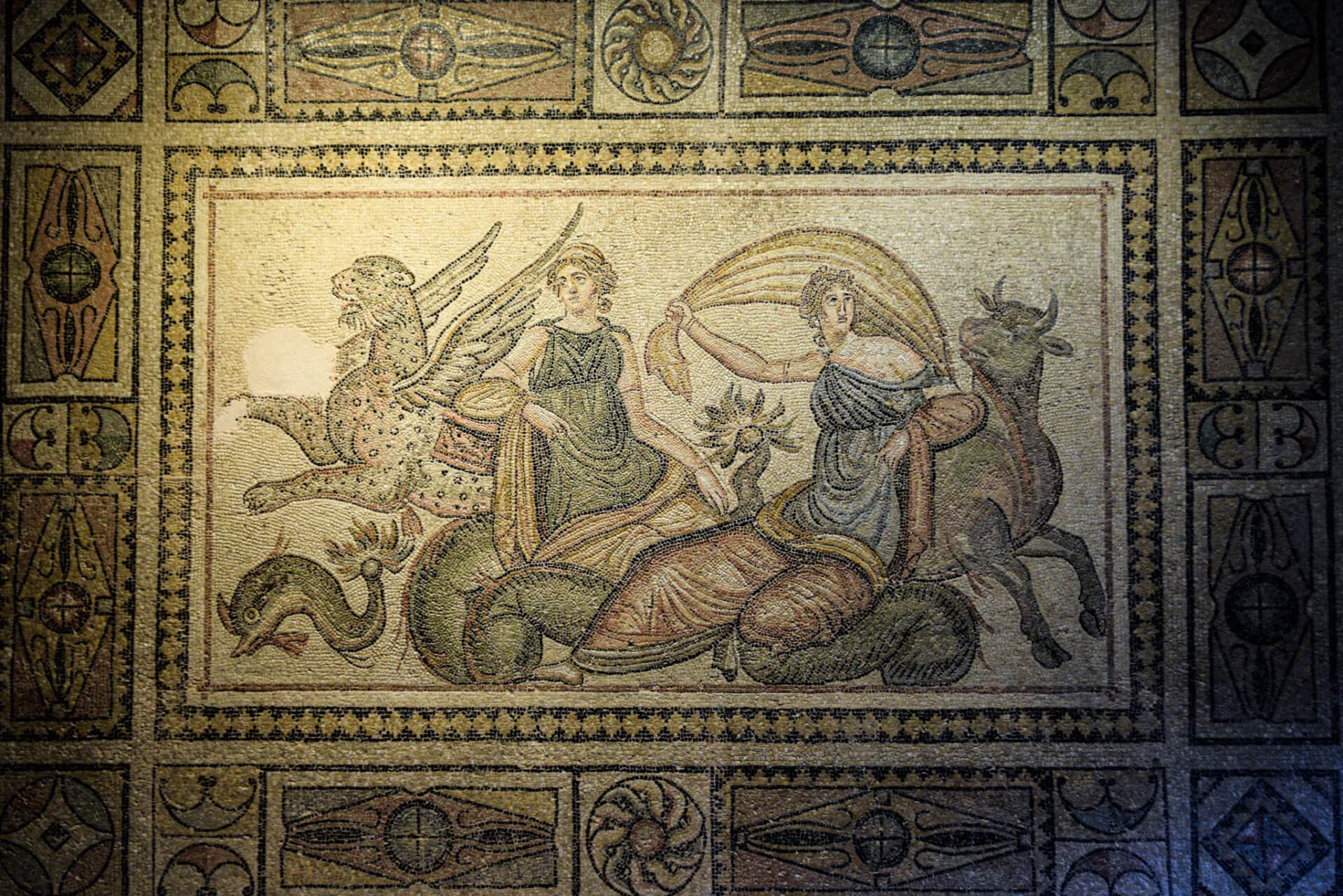
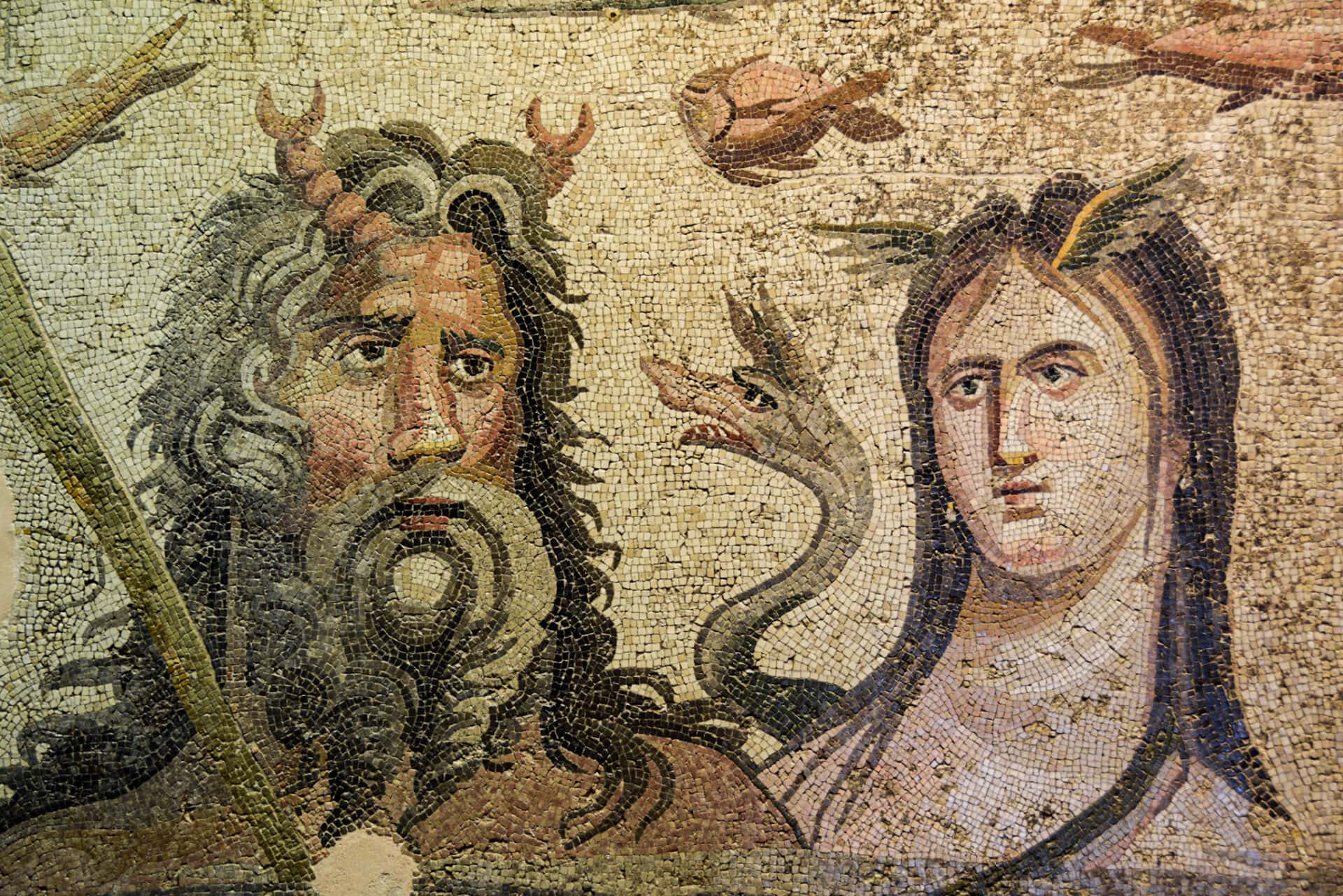

LOSE YOURSELF IN THE OLD TOWN
Gaziantep’s old town shows two sides.
One a refurbished maze of cobbled alleys and hidden courtyards, of artsy cafés and imaginative street art. A wonderful mix of medieval magic and mild modernity, of preservation and innovation.
The other dusty and dirty, a labyrinthian jumble of bare brick and mortar, of hanging wires and crumbling walls, rusted iron and broken glass. Left to its own accord, and left to decay, nevertheless of raw and distinct beauty.
One polished and prospering, the other dilapidated and neglected, and yet both equally integral to Gaziantep’s captivating charm.
Where | You will find the revived Bey neighbourhood west of Istasyon Caddesi, while the rundown parts of the old town cradle the hill east of the castle.
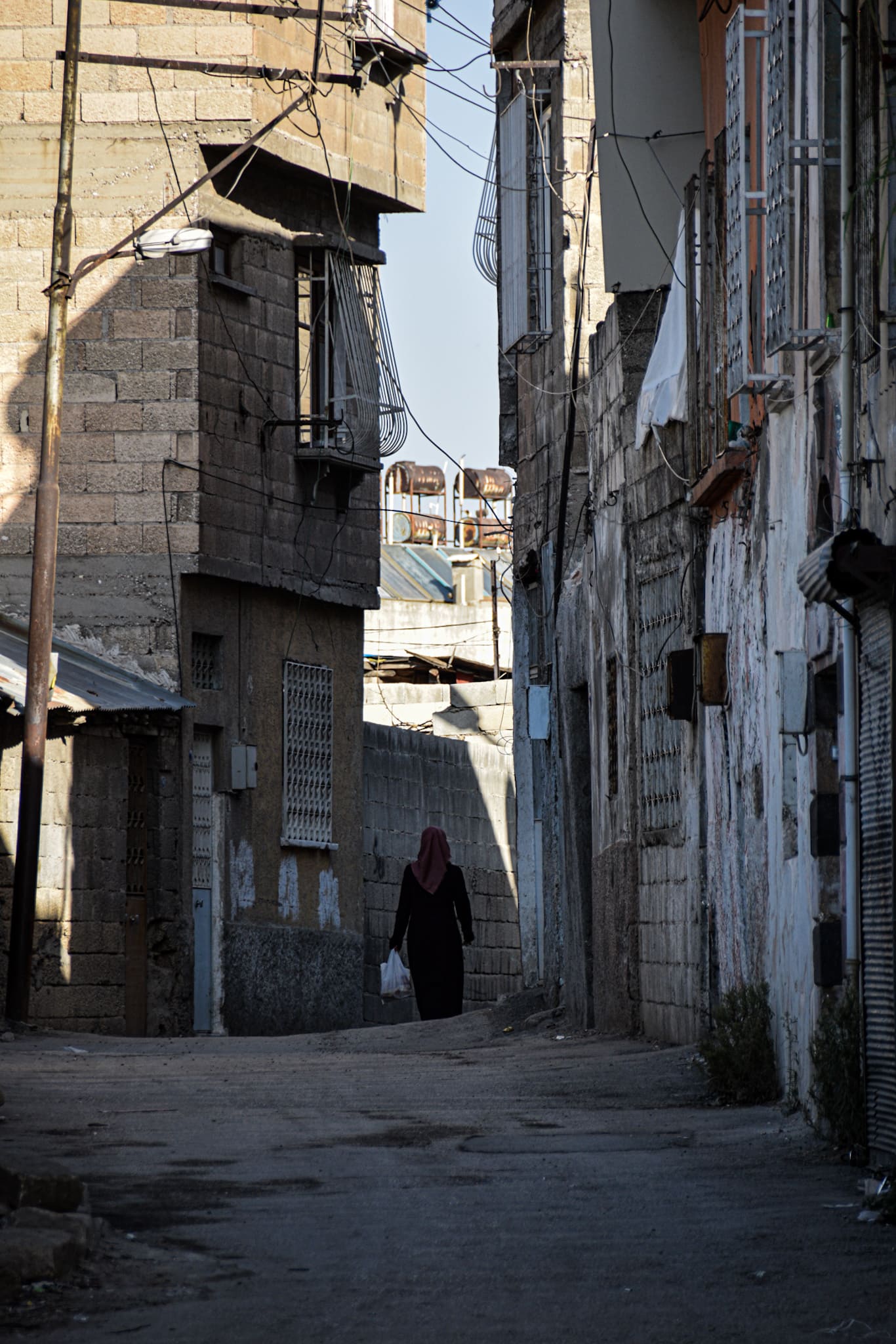
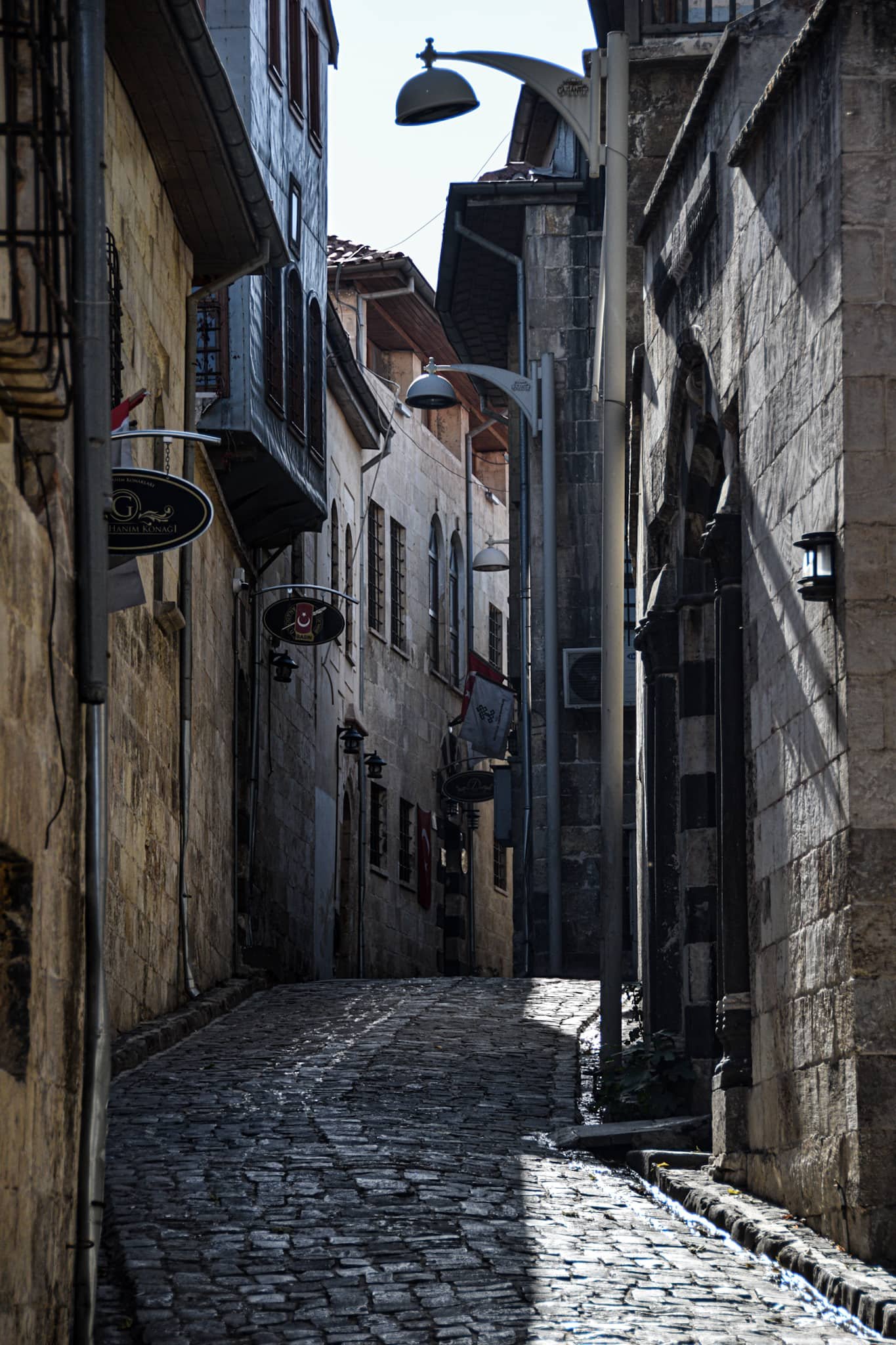
VISIT GAZIANTEP CASTLE
Perched on top a prominent mount in the city centre, Gaziantep Castle has stood guard above the old town for centuries. Initially fortified by the Roman legions, the ramparts were subsequently strengthened and expanded upon by the Byzantines, before reaching its current form in the 15th and 16th century under Mamlukan and then Ottoman rule.
After serving as an administrative centre and arsenal during the later stages of the Ottoman Empire, today, the fortress houses the Gaziantep Defence and Heroism Panoramic Museum and tells the Turkish struggle against French forces after the dissolution of the Ottoman Empire in meticulous detail (seriously, it is A LOT of text).
I must admit, even for me as a history major the exhibition felt extremely lengthy. The castle is definitely worth a visit, however, as it offers sensational views over the city.
Update 2023 | On 6. February, the citadel was heavily damaged by an earthquake and might currently be closed to visitors.
Opening hours | Summer 8:30-19:00 | Winter 8:30-17:30 | every day
Entrance fee | 10 TL (October 2022)
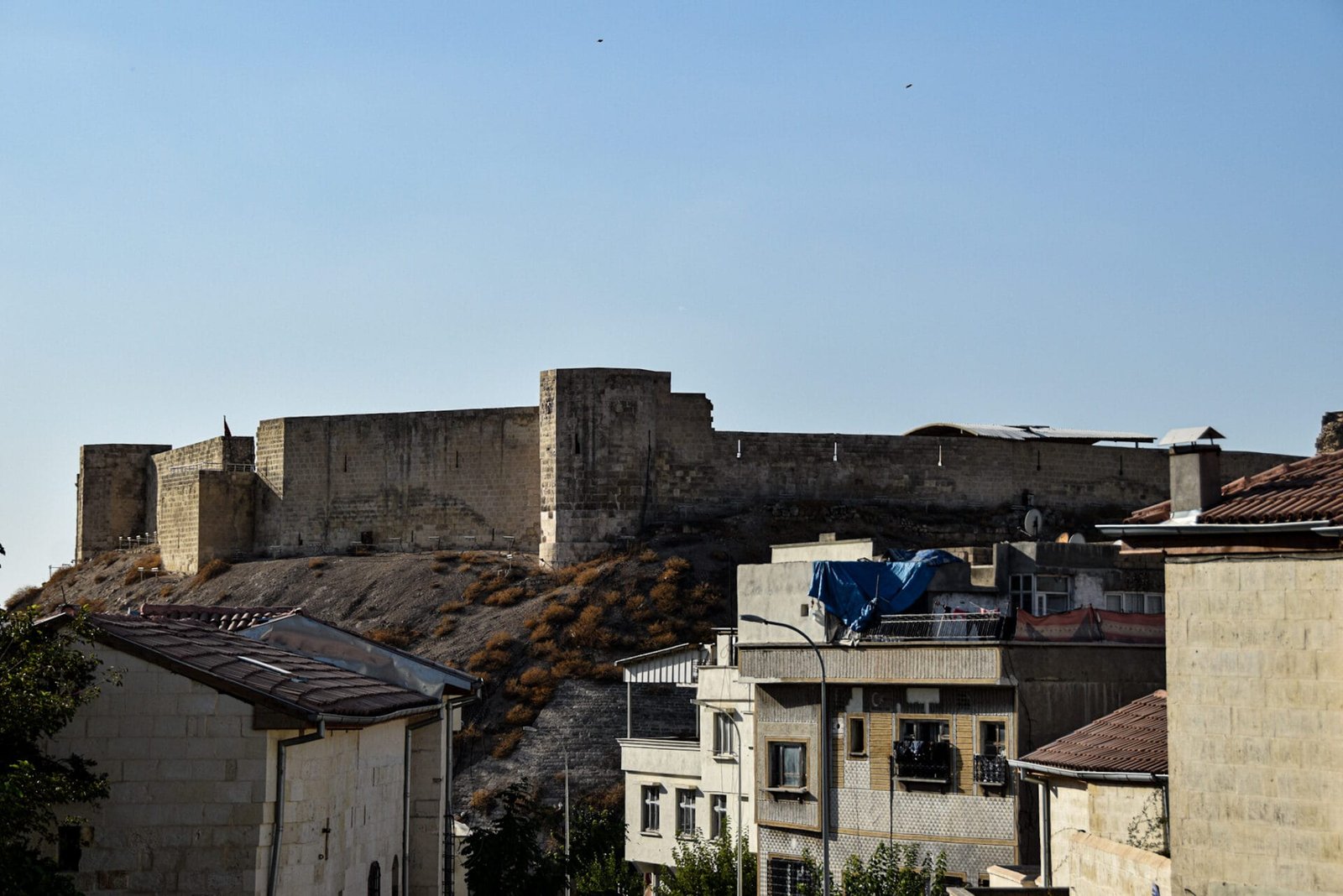
THROW YOUR DIET OUT THE WINDOW
Just like pineapple pizza, it would be a sacrilege to ramble about Gaziantep and not mention her culinary legacy.
In a country abound with delicious treats, it is here in the southern reaches of Turkey, at the crossroads of Middle East and Anatolia, that gastronomy has thrived, evolved, and ascended to a level of mouth-watering sophistication only a few places may hope to achieve.
Deservedly renowned as the country’s food capital, the city is home to a staggering number of around 500 unique dishes, including the world-famous baklava, numerous kebab variations, and dozens of eggplant creations. Drawing from an incredibly rich plethora of aromas, spices, and ingredients, temptations await the ravenous traveller behind every corner, and you will be hard-pressed not to fall into gluttony.
Seriously, don’t feel bad about betraying your diet for a few days, in Gaziantep everybody does.


LEARN ABOUT GAZIANTEP'S STORIED PAST
Boasting an incredibly rich settlement history reaching back millennia, it doesn’t surprise that, over the years, Gaziantep and her surroundings have been an absolute treasure trove for archaeologists.
From the early traces of human sedentism, to the mythical beginnings of civilization, and the great empires of Antiquity, veiled by the sands of time innumerable remnants of bygone eras laid deserted and forgotten for aeons before being re-introduced to the world in the modern age.
Today, many a finding has been displayed in the Gaziantep Archaeological Museum and paints a vivid picture of the region’s fascinating past and the mesmerising craftsmanship and ingenuity of the numerous people who once called these lands home.
Opening hours | Summer (Apr-Oct) 9:00-19:00 | Winter 9:00-17:00 (Nov-Mar) | every day
Entrance fee | 20 TL (October 2022)

EXPERIENCE THE BUSTLE OF THE BAZAAR
Gaziantep is a city built on trade.
For centuries, bargain and barter have reigned within her bustling bazaars and the language of commerce has bettered cultural boundaries and social differences in exchange for profit. Although the camel caravans, laden with exotic goods from the fabled lands of the Fertile Crescent and beyond, have all but vanished (beside a series of reminiscent statues adorning the city’s highways), Gaziantep has nevertheless retained her ancient mercantile ways.
To the rhythmic beat of the ever-diligent coppersmiths, Turkish traders and Arab merchants perform a delicate dance of competition that has been practiced and perfectioned for generations, vying for attention and clientele in the most mesmerising setting. Dried vegetables fall like curtains above heaps of spice and towers of soap fill the air with aromatic scents, while “Yemeni” sandals and Syrian cloth complement the scene with striking colours.
I have been to a few Turkish markets by now but the ones in Gaziantep just hit different.
Where | The bazaars of Zincirli Bedesten and Bakircilar Çarsisi (Coppersmith Bazaar) can be found south-east of the castle.
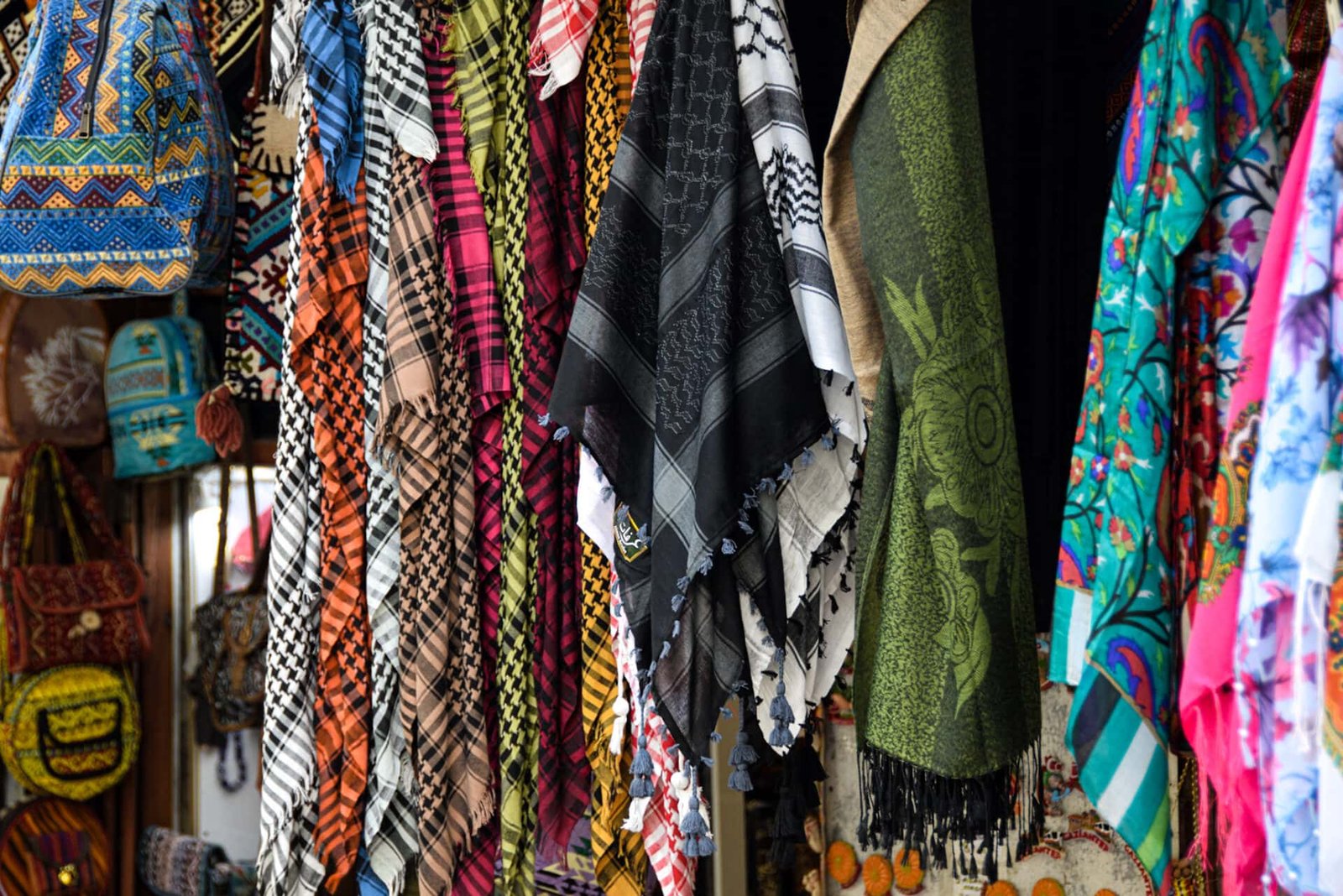
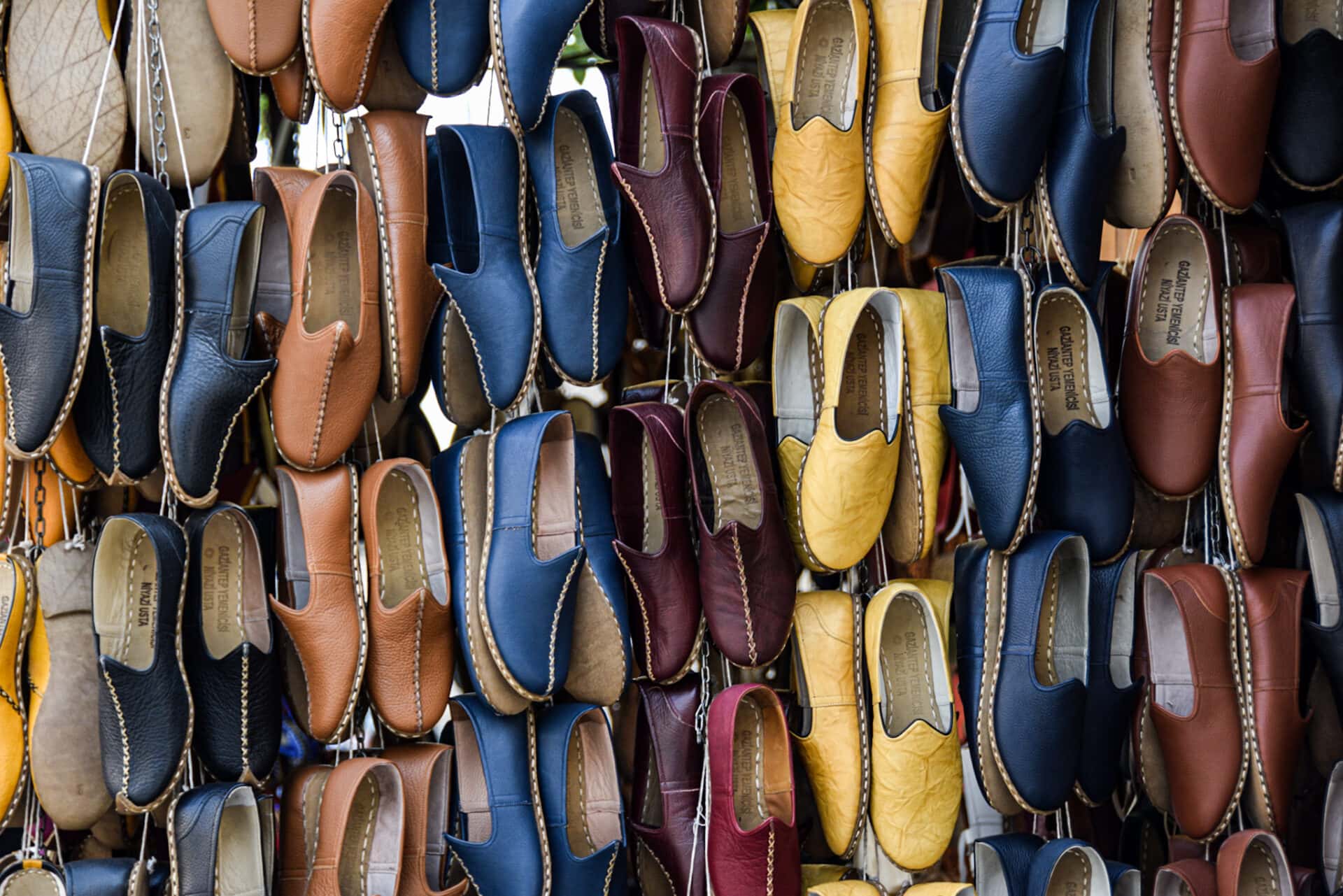
RE-LIVE YOUR (GRAND) PARENT'S CHILDHOOD
Where do you find a wack monkey orchestra, a quaint German butchery, a creationistic pipedream involving homo sapiens and dinosaurs, a passionate World War II re-enactment group, a Mickey Mouse born from your most twisted nightmares, and a darksome cave inhabited by creepy dolls, all cramped together?
That’s right, in a toy museum!
Tugged away into a tiny courtyard in the labyrinthian old town, the Gaziantep Museum of Toys and Games (Gaziantep Oyun ve Oyuncak Müzesi) is one of those curiosities that promises nothing and turns out to be the weirdest yet most quality 30 minutes you have spent all day.
Established by the municipality in April 2013, the museum houses a beautiful array of antique toys from around the world, ranging from stuffed animals to dollhouses and robots, and spans a period of a whooping 300 years (1700-1999).
It won’t be the first thing crossing your mind when visiting Gaziantep but if you are looking to fill in the void between that tasty kebab you had for lunch and a delicious afternoon baklava, this obscure little museum might just be to your taste. Also, the ambient music there is bloody fantastic!
Opening hours | Summer 9:00-18:00 | Winter 8:30-17:30 | every day
Entrance fee | 5 TL (October 2022)

GAZE AT BEAUTIFUL KURTULUŞ CAMII/LIBERATION MOSQUE
Constructed as an Orthodox cathedral at the end of the 19th century, St. Mary’s envisaged role as a divine place of worship for Gaziantep’s substantial Armenian population was short lived.
Following the atrocious purge of the Armenians in 1915 by the waning Ottoman Empire, the church fell into disrepair and stood derelict for years, until the building was repurposed as a prison by the newly formed Turkish Republic in the 1920s. For more than half a century, the woes of the convicted replaced the hopes of the faithful, and cries of lament, instead of devout prayers, echoed from her lofty walls. Finally in 1986, the former Christian temple was converted into a mosque and piety returned to her illustrious halls.
Whether her former disposition as a prison influenced the name-giving, I can’t tell, nevertheless henceforth she was called Kurtuluş Camii, Liberation Mosque.
Mosque inside, cathedral outside, this impressive and gorgeous building is certainly one of the more unique structures gracing Gaziantep’s skyline.
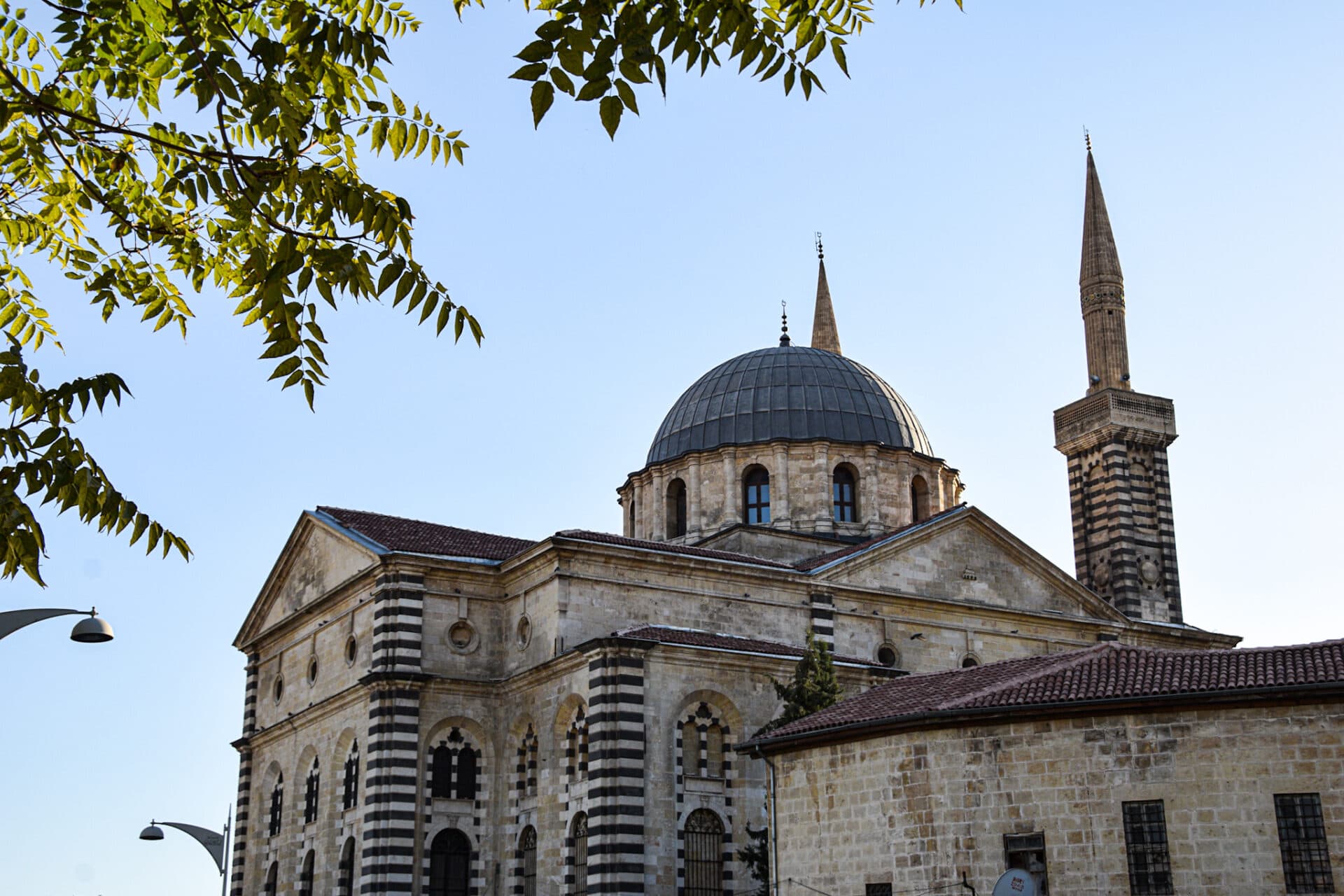
WHERE TO NEXT?
For more content consider following me on Instagram.
Mesmerised by Anatolia? Here are additional inspiration for your next Turkey trip:
THE GREAT MOSQUE OF DIVRIGI | A WONDER OF ISLAMIC ARCHITECTURE

2 comments
Schade, kein einziges Essensfoto….
Musst halt hinfahrn um das Essen zu sehen 😉